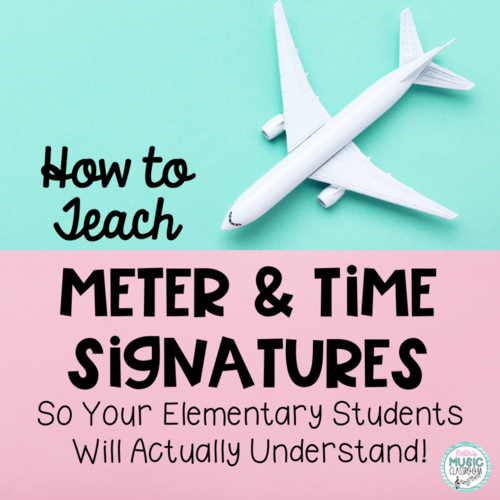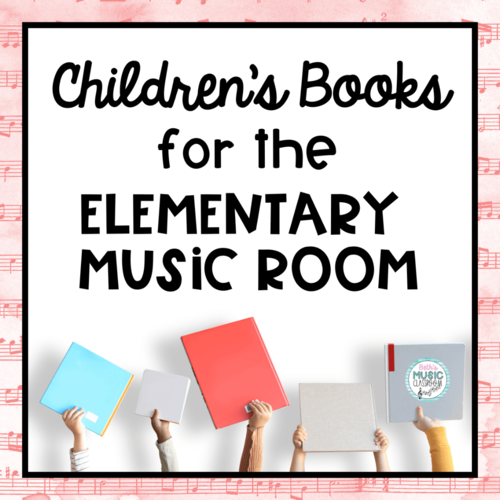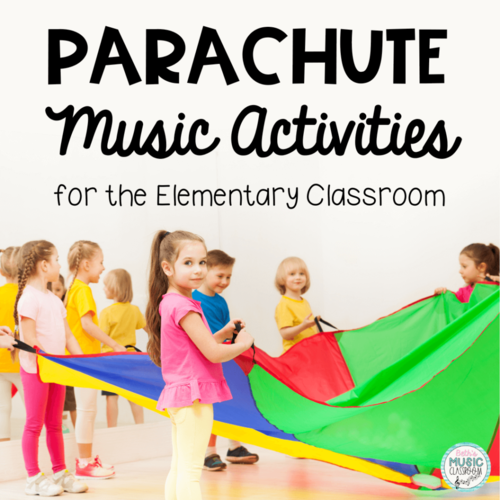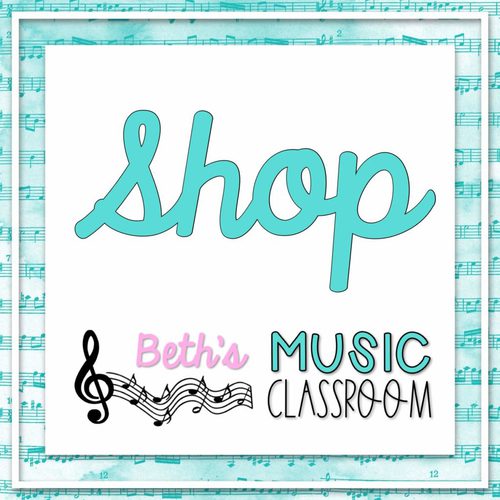As elementary music teachers, we’re always looking for creative ways to engage our youngest students in meaningful music-making. A wonderful way to do this is through sound stories. This simple, yet effective, strategy not only keeps students entertained but also helps them make connections between music and literacy. Today, I’m going to share how you can use sound stories with classroom instruments to create exciting music lessons for your PreK-1st graders.

What Are Sound Stories?
First, what is a sound story? Basically, they are an exciting way to use sound effects to bring a book or story to life. It involves playing classroom instruments to match various themes in the book or story. It’s a fantastic way to reinforce listening skills and introduce basic musical concepts – like dynamics (loud/soft), tempo (fast/slow), pitch (high/low), and also articulation. The beauty of sound stories is that they allow even the youngest students to be part of the music-making process.
Want to know more? Imagine you’re reading a story with different exciting scenes—maybe a character is tiptoeing through a forest or stomping through puddles. You can assign different classroom instruments to each part of the adventure: a drum for stomping feet, a shaker for rain. As you read the book, students add their sounds to match the story, making it a hands-on, interactive experience that brings the book to life!
Choosing the Right Book
First, let’s discuss what books work the best for a sound story. I suggest looking for books with:
- Repeated lines, sections, or situations
- Different characters or maybe cumulative characters
- Real-life actions
- Song lyrics or short rhyming sections
- Musical concepts that could be added
- Sound words – onomatopoeia
Here’s a short list of some sound stories that I love using with my K-1st grade students (some of these are affiliate links – you pay the same though).
- The Little Old Lady Who Was Not Afraid of Anything by Linda Williams
- Barn Dance by Bill Martin Jr.
- We All Go Traveling By by Sheena Roberts
- Thump, Thump, Rat-a-Tat-Tat by Gene Baer
- There Was an Old Lady Who Swallowed a Fly
- Mortimer by Robert Munsch
- Squeak, Rumble, Whomp! Whomp! Whomp! by Wynton Marsalis
- Emma’s Vacation by David McPhail
- Sledding by Elizabeth Winthrop
- Inside a Zoo in the City by Alyssa Satin Capucilli
- Ten Red Apples by Pat Hutchins
- The Noisy Clock by Jean Horton Berg
- The Napping House by Audrey Wood
Introducing Instruments to the Sound Story
Once you’ve selected your book, it’s time to think about which instruments to use. The goal is to connect sounds to the actions or emotions in the story.
Student Choice
Decide if you will plan out the sound story or if you want ideas from your students. I have used both approaches and found that students have fun either way. To help make this decision, consider your available practice time for the activity, your specific students and their ability, and the type of story. One of the best ways to get students excited is to let them help choose which instruments to use for different parts of the story. Ask them questions like, “What sound could we use for the river?” or “What instrument would best match the cow in our story?” and watch their creativity take over!
Assigning Instruments
Think through all of the characters, actions, items, themes, emotions, and even places. You may not want to add an instrument to each one from that list, but choose the most important and meaningful to the story. For example, If a character is walking, you might use a woodblock to create the sound of the footsteps. If there’s a gentle breeze, a wind chime might be just perfect to represent that feeling. Don’t be afraid to get creative! Just be sure to let each student know exactly when they should play in the story.
Use visual cues
If possible, I always recommend using a presentation showing each of the items from the story and their matching instruments during the story. Showing and pointing to each instrument at the correct time helps younger students prepare to play their part.
Making Connections to Musical Concepts
Sound stories aren’t just fun; they’re also a wonderful way to introduce and reinforce key musical concepts. By connecting actions in the story to music theory, you’re giving students a hands-on way to prepare dynamics, tempo, and pitch. Here’s how each concept can come to life:
- Dynamics (Loud/Soft): Sound stories are perfect for teaching students about volume. Discuss the climax of a story and how it relates to dynamics. Encourage students to play their instruments loudly for big, exciting moments, like a thunderstorm, and softly for quieter scenes.
- Tempo (Fast/Slow): Stories with lots of action are perfect for exploring tempo changes! If a character is hurrying — maybe a mouse running away from a cat — students can play quickly to match that excitement. When the character slows down, like resting, they play slowly. This helps kids to feel how tempo can change the mood and energy of a story in a fun, hands-on way.
- Pitch (High/Low): Choosing instruments based on pitch is another fun way to bring the sound story to life. High-pitched sounds, like bells or glockenspiels, work great for high-flying birds or fairies, while low-pitched sounds, like drums, are perfect for a giant’s footsteps or thunder. This helps students naturally start to recognize high and low sounds and see how pitch can take part in the story.
- Other Musical Elements: Think about other musical concepts as you choose instruments for your sound story. Certain books may have specific opportunities to use staccato, legato, accents, tone color, harmony, etc.
Using sound stories this way gives students a natural, playful way to experience these core musical concepts. By practicing these elements within a familiar story, they can connect the abstract qualities of music to something real and tangible, building their understanding while keeping them engaged and excited.
Tips for Leading a Successful Sound Story Lesson
When it comes to using instruments with young students, it can sometimes be daunting. So, here’s a few tips to hopefully make it a bit easier.
- Classroom Management: Before you start the sound story, it’s a good idea to set expectations. Review instrument rules. Remind students when and how they should play their instruments, and definitely review this before your final performance.
- Encourage Creative Thinking: Get students involved by asking for their ideas during the practice stage. “How could you play the glockenspiel to show that he’s walking up the stairs?” or “How could you play differently as the character gets more scared?”
- Adapt and Rotate: Take into account the needs of your students, and provide those that may need extra help the right fit for them. Also, you can rotate instruments so everyone gets a turn, and no one is left out.
Sound stories are a fantastic way to make reading and music come alive for young children. They offer wonderful opportunities for creativity, connection, and fun. Whether you’re introducing musical concepts like dynamics or tempo or simply trying to engage your students in active listening, sound stories can be a valuable tool in your teaching toolkit. You can find exciting sound stories for your classroom here.
Have you used sound stories in your classroom? What are your favorite books to use? I’d love to hear your ideas in the comments or feel free to email me at beth@bethsmusicclassroom.com!


Here’s some other posts you may like.




